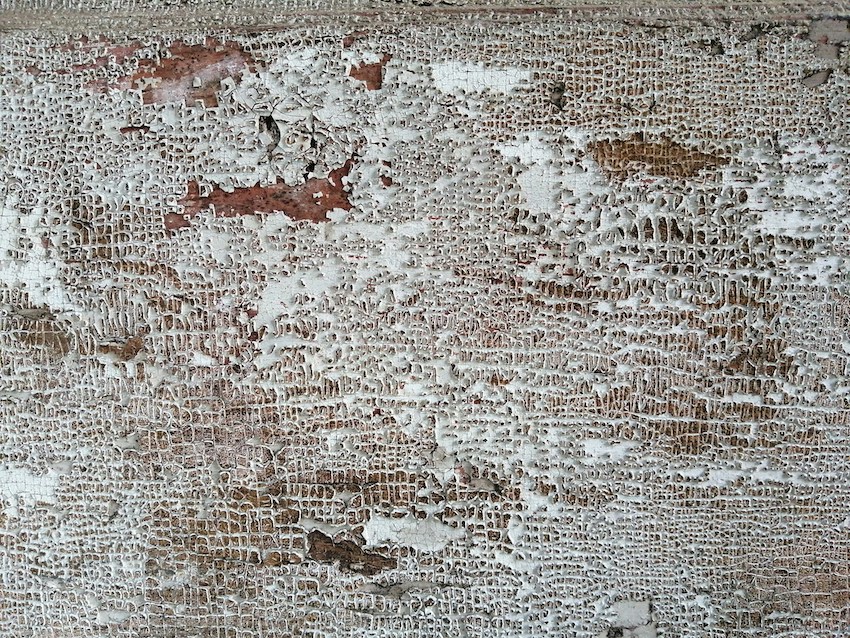
Jane Jacobs’s most famous work was on the death and life of cities, which raises the question: if cities can be said to be alive, how many of them dream of growing up to become Paris? Paris can claim many titles; Joan DeJean’s How Paris Became Paris: The Invention of the Modern City (Bloomsbury) makes the case that Paris started to become “the world’s first modern city” with the construction of Pont Neuf, in the mid-sixteenth and early seventeenth centuries, under Henri IV; not (as many might believe) with Baron Haussmann’s remaking of Paris some two hundred years later. Pont Neuf allowed the city’s populace to see the river and the city itself from a central vantage point (all other bridges across the Seine were lined with houses, blocking the view). The new bridge became a popular gathering spot, a place to spread the news, a place where nobles and ordinary citizens could mingle, could see each other and be seen. In subsequent chapters DeJean investigates the origins of the Île St. Louis (a speculative venture initially proposed by a property developer, who offered to build a new bridge across the Seine—the Pont Marie—in exchange for land grants) and the Place Royale (now the Place des Vosges), which was initially built to provide workshops and housing for the silk industry. The addition of services such as mail delivery and street lighting helped to cement Paris’s reputation as the preeminent modern city. How Paris Became Paris is generously illustrated and highly readable, drawing upon material from many sources, including the Carnavalet Museum in Paris and the texts of contemporary theatrical performances that satirized events of the day.





.jpg)


